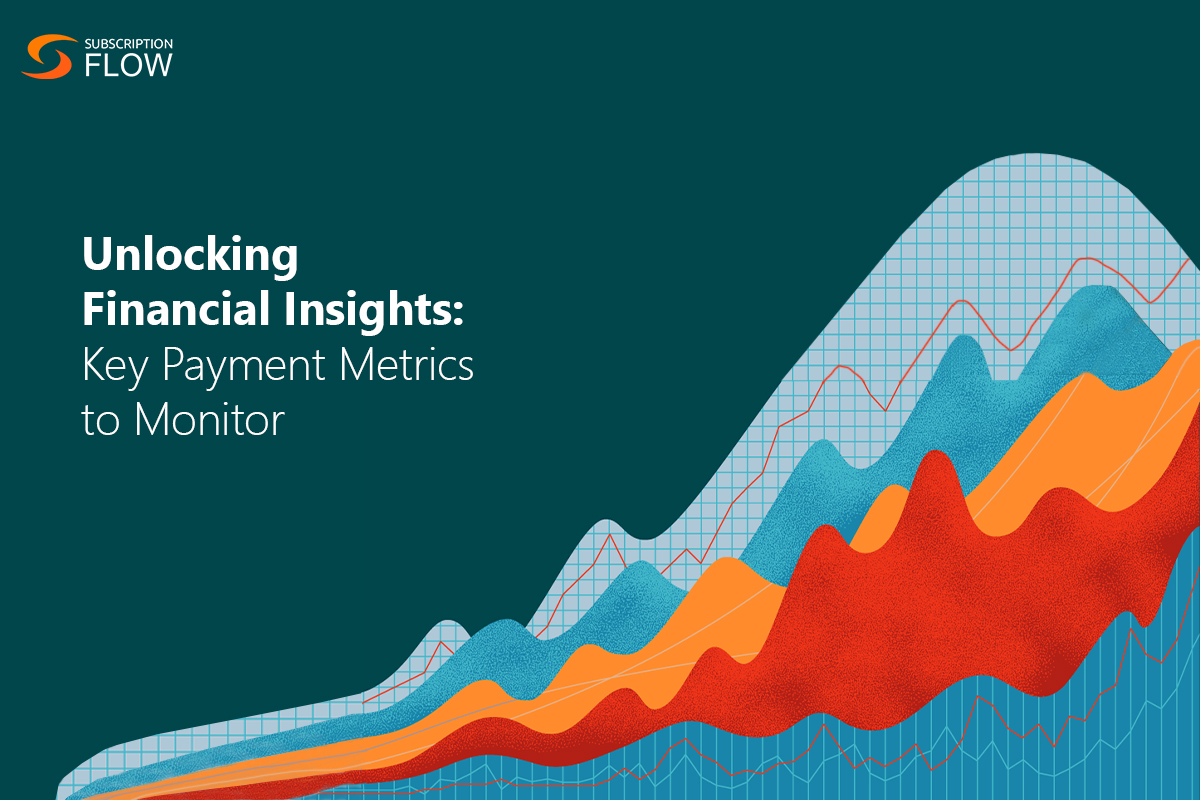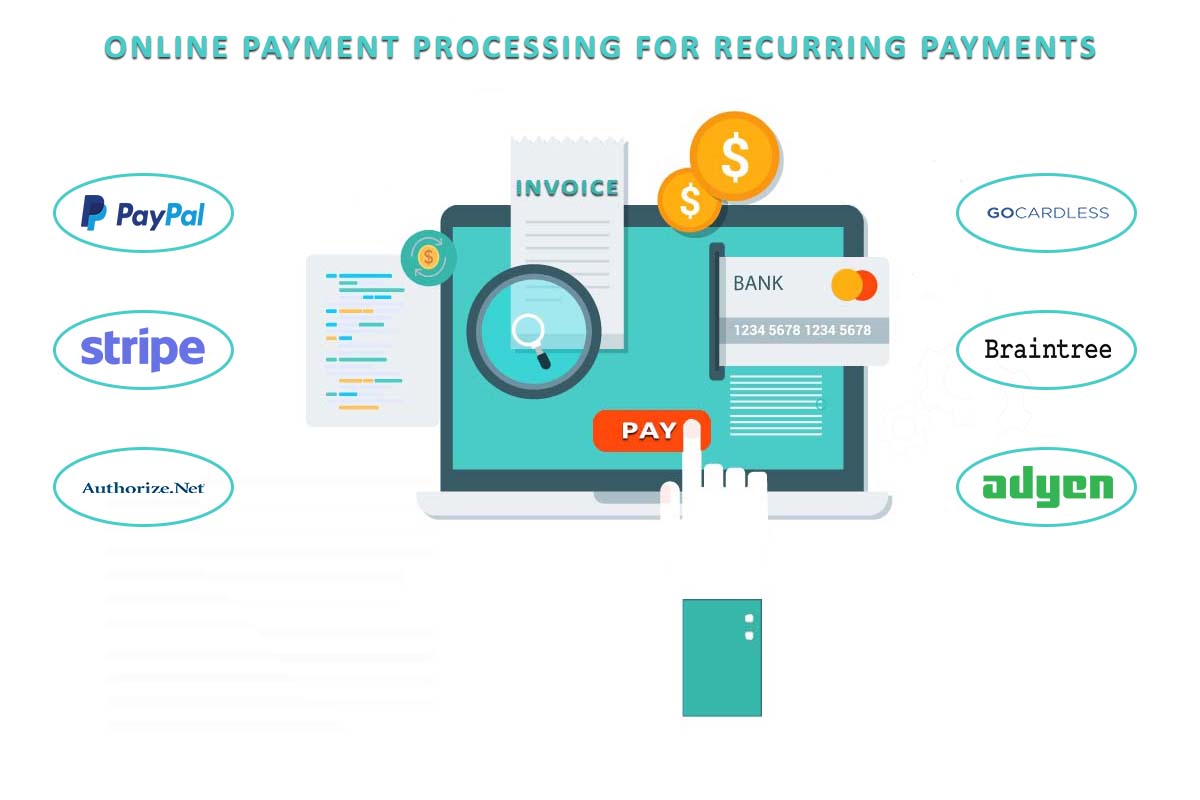
Unlocking Financial Insights: Key Payment Metrics to Monitor
Merchants can use a plethora of data points to assess the health and performance of their business. From client acquisition cost to profit margin, the variety of accessible indicators might be bewildering at times.
The same is true for payment data, where understanding key payment indicators is critical for making educated business decisions. In this blog post, we’ll navigate the jungle of payment data, highlighting the most important ones to keep an eye on. You can use the power of these KPIs to move your business ahead without feeling overwhelmed if you acquire clarity on them.
Let’s look at the key payment indicators that will provide you with practical insights for success.
Readily Available Payment Metrics
By default, most payment service providers will give merchants with a number of payment-related KPIs via a dashboard, such as:
● Payment methods and types
● Amounts and prices of transactions
● Volume and velocity of transactions
● Rates of transaction failure and disputes
However, data alone will not have an impact unless it is combined with analysis and a practical plan. Simply reviewing the default analytics dashboard once every few weeks may provide you with a short picture of performance, but you will most likely miss crucial patterns that you may capitalize on or trends that could negatively affect your bottom line if not addressed immediately.
READ MORE: Metrics that Matter: A Deep Dive into MRR, ARR, Churn, and ARPU for Subscription Business Models
Why are Payment Data Insights Important?
An in-depth analysis of your payment data can reveal extra insights into the health of your organization that you would not obtain by simply looking at the numbers.
There are several reasons to analyze payment data, including:
● Understanding consumer behavior – With more information about customer behavior and shopping patterns, organizations may make decisions that improve the overall user experience and cater to what the customer wants.
● Growing the bottom line entails determining which goods and plans are successful and focusing on those that provide the greatest income.
● Detecting patterns and issues – observing data over time will assist an organization in determining which patterns are cyclical and seasonal, and which patterns are indicative of an ongoing issue.
● Improving operational efficiency – By understanding more about purchasing habits and payment trends, businesses can identify inefficiencies that could lead to costly problems if overlooked.
READ MORE: Money Metrics – Using Revenue Dashboards the Right Way
Value-Based Payment Metrics to Keep a Close Watch On
Payment Methods and Payment Types – Most Popular
Examining the most popular payment methods in your organization will help you see trends in debit and credit card usage, as well as the top issuing businesses that your clients prefer. Similarly, you can determine if mobile and emerging payments are becoming more popular and whether you need to invest more resources in making those ways more available to your clients.
Understanding the breakdown by payment type can also help you negotiate better processing rates with your present PSP or determine whether there is a more cost-effective payment processor that would better fit your organization’s needs.
Volume of Transactions
While this may appear to be an easy data item to monitor, knowing the volume of transactions is critical to the growth of your organization. Segmenting by product lines or strategies will also assist you in determining which areas of the organization require more attention and which areas are performing well.
Monitoring this data over time and comparing it to seasonal trends may also assist organizations in determining when to combat slumps with increased marketing and awareness, or when to change goals to better ride the volatility.
Understanding the breakdown by payment type can also help you negotiate better processing rates with your present PSP or determine if there is a more cost-effective payment method.
Rate of Authorization
The authorization rate, often known as the auth rate, is the percentage of total transactions that are approved.
The authorization rate is important since the primary goal is for consumers to complete a transaction successfully on the first try without the need for a fallback payment option. Similarly, better auth rates will benefit a company’s bottom line: according to a recent survey, 30% of buyers would leave if they had to re-enter their payment information.
While transactions can fail for uncontrolled reasons and your authorization rate is unlikely to reach 100%, watching this proportion over time can help you discover and resolve processing difficulties fast.
Rates of Transaction Failure, Disputes, and Fraud Metrics
Chargebacks, hard and soft declines, disputes, and fraudulent transactions all have a negative impact on an organization’s bottom line. While some of these errors are unavoidable, understanding the details and potential causes is critical for risk management.
According to a recent PYMNTS survey, 67% of the top-performing subscription firms kept track of failed payments, and those same top-performing organizations were roughly 12 times more likely than unsuccessful organizations to focus on a payment recovery strategy. This means that being careful in spotting missed payments and incorporating a recovery mechanism – such as multi-processor payment routing – can have a major impact on a company’s bottom line.
If you notice an increase in conflicts, investigate why this might be happening. There is a chance that a third party has been compromised or that something criminal is going on. Examine the data by payment method, kind, issuing brand, and any other relevant data elements to determine if anything stands out. You want to get to the root cause of problems like these as soon as possible, and keeping an eye on patterns may be the quickest way to do so.
Website Analytics
Understanding basic checkout statistics can assist any organization with a virtual checkout to better understand and optimize for more successful purchases. Keep a look out for data points such as:
Drop-off rates – for multi-step checkout flows, examine drop-off rates at each stage to see if steps may be simplified or removed.
1. Conversion rates – measure the percentage of visitors who convert (make a purchase) to determine whether you’re driving the proper traffic to the website and whether the products fit the needs of the consumers.
2. Repeat customers – what percentage of your customers are repeat customers, and how can you boost this through further efforts?
3. Time to purchase – how long does it take for a customer to buy after first discovering your brand, and are there any strategies to shorten that timeline?
READ MORE: Understanding the Metrics, Tools, and Insights of SaaS Product Usage Analytics
Final Word
As you go further into your payment data, you will begin to notice trends, difficulties, and growth prospects that you would not have noticed at first glance. Make it a practice to track your organization’s critical payment data on a regular basis, so you’re not caught off guard if problems emerge.
Lean towards chances for growth when you discover them in the data. Allow your extensive knowledge of payment data to steer your expansion into new markets, payment methods, and product lines.
Taking ownership of your payment data is a useful first step toward enhancing payment performance. If you rely on your payment provider to keep track of your customer’s payment information, you must set up a PCI-compliant cardholder data environment (CDE). SubscriptionFlow is a subscription management platform that helps you track and monitor key metrics using its dashboard.
Get in touch with us to book a demo and find out more!










